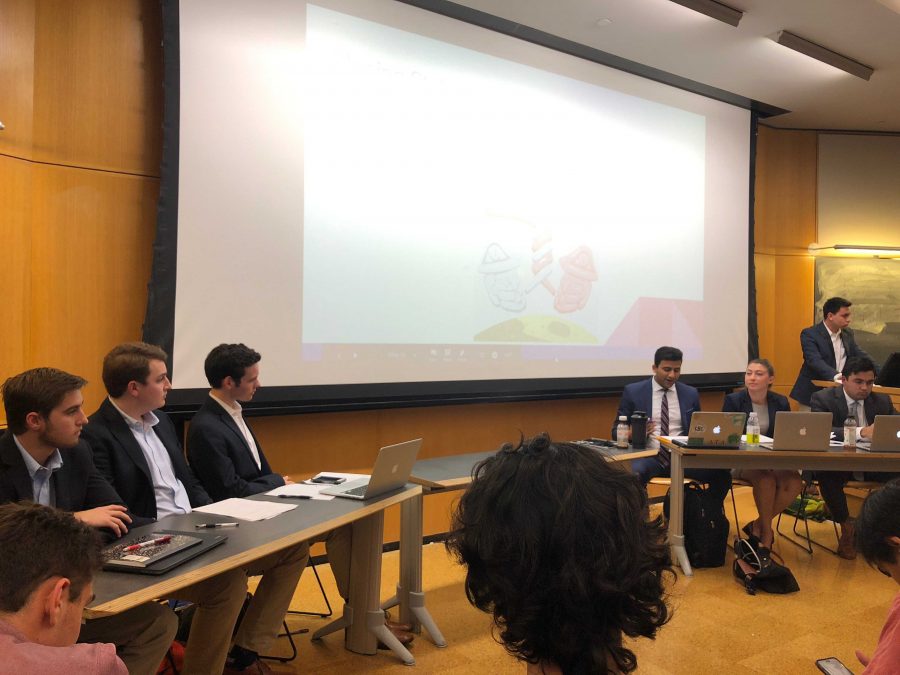The Vanderbilt Political Review hosted a debate between the Vanderbilt College Democrats and the Vanderbilt College Republicans on affirmative action Monday.
Discussion between the groups touched on the various interpretations and impacts of affirmative action. The main point of debate was regarding the legitimacy of race versus socioeconomic status and other factors as major points of consideration in determining equal opportunity in the United States.
Primarily, VCR argued that factors other than race, such as socioeconomic status, are a superior measure of students’ privilege and future success, rather than race. This suggests a “color-blind” approach.
“We completely agree that there are huge differences in wealth and income and these kinds of things,” sophomore Andrew Talley said. “All we’re saying is that given if you are born into a family, the main indicator of how well you are going to be doing is specifically that income,” Andrew said. “We should be accounting for that, which will end up favoring African American minorities in some, we just think it should be focusing on income.”
The VCD students highlighted an argument that race and socioeconomic status are intertwined, and students of historically marginalized groups are significantly more likely to come from a less-privileged background with access to fewer opportunities.
“Race directly influences the economic standing of individuals,” freshman Devon Shewell said. “It’s not how much money you’re born into, it’s the color of skin that you’re born with. And what that does in our society is leave lasting economic repercussions for Black Americans. For minority americans. And those things have to be accounted for in some way, beyond saying it should only be one that counts.”
Other points of conversation included what constitutes the point of affirmative action’s success and conclusion, how the system works in the opposite direction for Asian Americans, and the importance of educating students from different backgrounds.
Students were able to draw various conclusions from the debate’s content. Sophomore Emma Pinto found that both groups were prepared.
“It is clear to see how research bias affects people’s perceptions on the same issues,” Pinto said.
Another takeaway from students was the range of similarities and difference between the sides.
“I thought the debate was pretty interesting in that both sides were looking at wanting to abolish affirmative action in the future, “ junior Sangami Pugazenthi said. “It’s interesting that it’s kind of the view on the role of race and inequality in America, is what’s really different between the two sides.”



